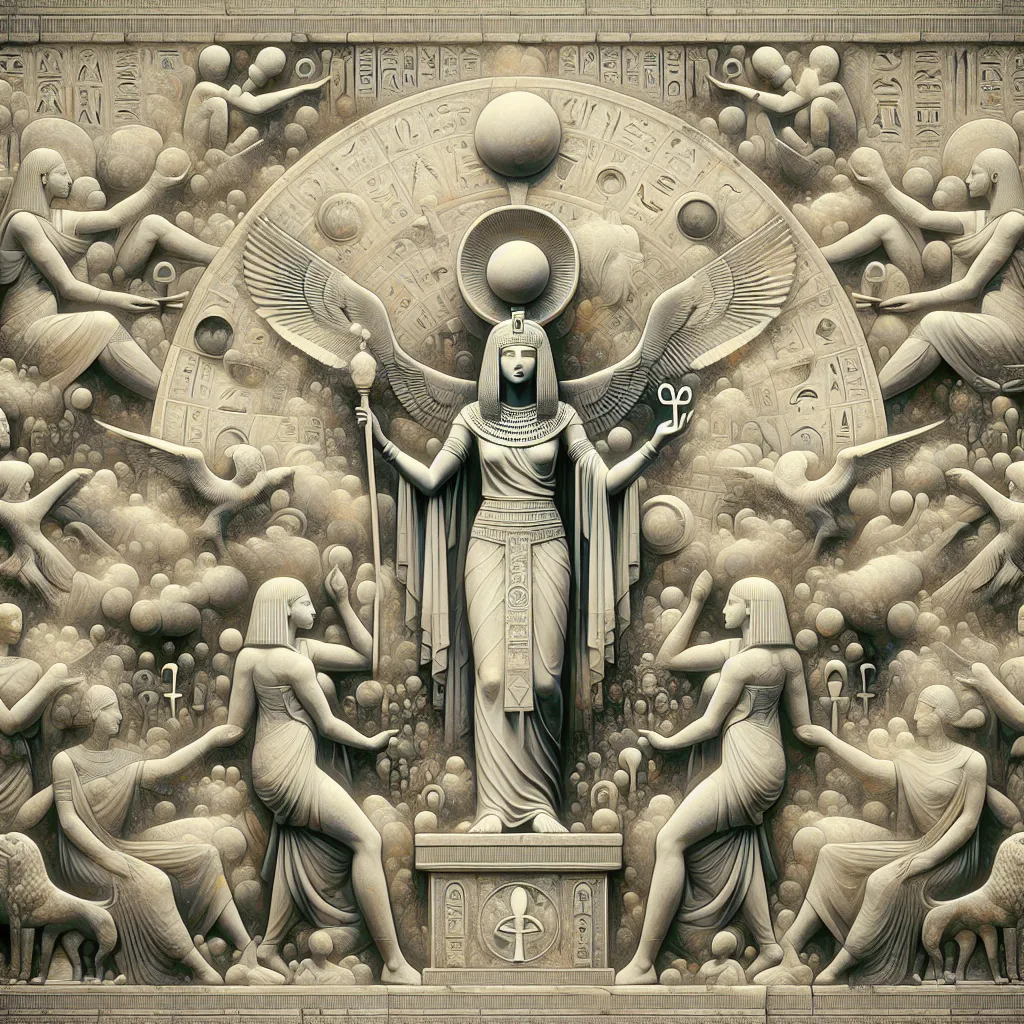
- Published on
- Authors

- Name
- You
Introduction
Ancient Egypt, with its rich tapestry of mythology, philosophy, and spiritual practice, remains a pivotal source for those seeking to understand the convergence of science and mystical wisdom. Central to this confluence is the concept of Maat, the goddess and personification of truth, balance, order, harmony, law, morality, and justice. The Breath of Maat symbolizes the integration of these eternal principles through the practice of breathwork, an ancient form of physical and spiritual discipline.
The Essence of Maat
In Egyptian theology, Maat is more than a deity; she is the essence that maintains cosmic order. The balance symbolized by Maat permeates every aspect of existence—personal, societal, and universal. The pharaohs themselves were seen as enforcers of Maat, ensuring that their rule adhered to these divine principles.
Science Meets Mysticism: Breathwork Explained
Breathwork involves conscious control of breathing patterns to influence physiological and psychological well-being. Modern science recognizes the benefits of controlled breathing, including stress reduction, improved focus, and enhanced emotional regulation. When examined through the lens of Egyptian mysticism, breathwork transcends mere physical benefit and becomes an act of spiritual alignment.
Ancient Egyptian Breathwork Practices
The ancient Egyptians developed intricate breathwork practices tied to their understanding of kosmos. These practices often took place in temples, particularly those dedicated to Maat, and were led by priests and priestesses with deep knowledge of both the human body and spiritual realms.
Key Techniques:
Fourfold Breath:
- Inhale for a count of four.
- Hold the breath for a count of four.
- Exhale for a count of four.
- Hold the exhaled breath for a count of four.
Cleansing Breath:
- Deep inhale through the nose, filling the lungs completely.
- Brief hold, visualizing negative energy gathering.
- Forceful exhale through the mouth, expelling negativity.
Resonance Breathing:
- Slowly inhale for a count of five.
- Exhale for a count of five, maintaining a smooth rhythm.
Aligning with Maat through Breathwork
Breathwork aimed at aligning with Maat required practitioners to enter a meditative state, focusing not only on the mechanics of breathing but also on the inner cultivation of Maat’s principles.
| Practice | Purpose | Maat Principle |
|---|---|---|
| Fourfold Breath | Achieve balance in respiration and mind | Order, Harmony |
| Cleansing Breath | Purge negative energy, cultivate purity | Morality, Justice |
| Resonance Breathing | Establish rhythmic natural cycles | Cosmic Order, Truth |
The Intersection of Spiritual and Physical
As modern practitioners explore the intersections of ancient wisdom and contemporary science, the practice of Egyptian breathwork offers a powerful framework. By channeling Maat through breath, individuals can strive for a balanced, truthful existence that honors both the mystical past and the rational present.
Conclusion
The Breath of Maat is not merely an archaic practice lost to time but a living tradition that holds profound relevance today. By embracing these ancient techniques, modern individuals can find harmony, truth, and balance in a world that often seems chaotic and unjust. Aligning with Maat through breathwork is a testament to the timeless wisdom of the ancients and a step toward a more integrated and holistic existence.
Interested in learning more about ancient Egyptian practices and their relevance today? Stay tuned for our upcoming articles by subscribing to our newsletter!
